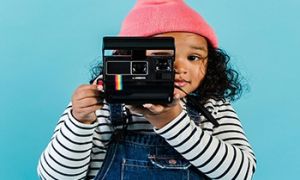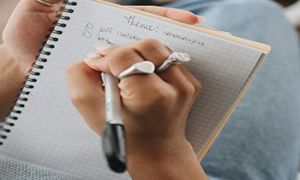Language and literacy experiences for preschoolers aged 3 to 5 are all about sparking curiosity, building confidence, and laying the foundation for lifelong communication. Here’s a mix of engaging, developmentally appropriate ideas you can weave into your program.
Everyday Language & Literacy Experiences
- Storytelling Circles: Invite children to co-create stories using props or picture cards. This builds narrative skills and imagination.
- Name Recognition Games: Use name puzzles, magnetic letters, or “find your name” scavenger hunts to support early print awareness.
- Environmental Print Walks: Explore signs, labels, and logos in the environment—perfect for connecting print to meaning.
- Role Play & Dramatic Play: Set up a post office, doctor’s clinic, or café with menus, signs, and notepads to encourage purposeful writing and rich vocabulary.
Songs, Rhymes & Phonological Play
- Syllable Clapping: Clap out names or objects (e.g., “ba-na-na”) to build phonological awareness.
- Rhyme Time: Use fingerplays and rhyming books like Hairy Maclary or Room on the Broom to develop sound patterns.
- Sound Hunts: Go on a hunt for things that start with a certain sound—great for tuning into initial phonemes.
Early Writing Invitations
- Mark-Making Stations: Offer crayons, chalk, paintbrushes, and sand trays to explore pre-writing strokes.
- Letter Formation with Loose Parts: Use pebbles, sticks, or buttons to form letters—great for fine motor and letter recognition.
- Message Centre: Set up a space where children can “write” letters, cards, or signs for their peers or families.
Book-Based Experiences
- Interactive Read-Alouds: Pause to ask questions, predict outcomes, or act out parts of the story.
- Book-Making Projects: Children create their own books with drawings and dictated text—perfect for linking oral language to print.
- Story Retelling Baskets: Fill baskets with props related to a familiar story to encourage retelling and sequencing.
Language-Rich Play Ideas
- Puppet Conversations: Use puppets to model turn-taking, expressive language, and storytelling. Children can create their own characters and voices.
- “What’s in the Bag?” Game: Fill a bag with mystery items. Children describe what they feel before revealing it—great for vocabulary and descriptive language.
- Emotion Charades: Act out feelings like “excited,” “nervous,” or “proud” and have children guess. This builds emotional vocabulary and empathy.
Creative Expression & Writing
- Alphabet Collage: Assign a letter and let children cut out pictures from magazines that start with that sound.
- Speech Bubbles: Add speech bubbles to photos of children at play and ask them what their character might be saying.
- Label the Room: Invite children to help label classroom objects with sticky notes—boosts print awareness and ownership.
Culturally Responsive Literacy
- Multilingual Storytime: Invite families to share stories or songs in their home language.
- Family Photo Books: Create books with photos and captions about each child’s family—children “read” and retell their own stories.
- Traditional Tales & Folktales: Explore stories from different cultures and act them out with props or shadow puppets.
Literacy Through Inquiry
- Question of the Day: Pose a daily question (e.g., “What would you do if it rained marshmallows?”) and record children’s responses.
- Word Walls: Build a wall of high-interest words based on current projects or children’s interests.
- Literacy in STEM: Add clipboards and pencils to block play or science areas for children to “record” their discoveries.
Further Reading
Children's Learning Through Literacy
Creating A Literacy-Rich Environment For Children
Literacy Activities For Children In Early Childhood


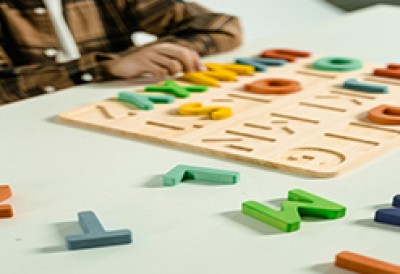

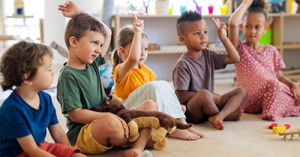
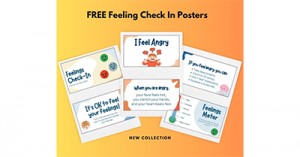
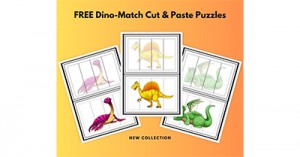
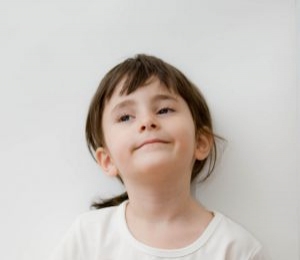 Open ended questions cannot be responded to with one word answers such as yes or no. These types of questions enables a child to provide
Open ended questions cannot be responded to with one word answers such as yes or no. These types of questions enables a child to provide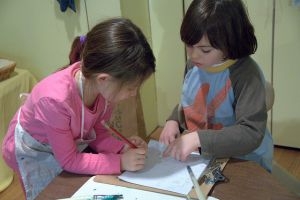 During your child’s preschool years, an important milestone begins to emerge. This is the development of pre-writing skills. Pre-writing skills are used to encourage, develop
During your child’s preschool years, an important milestone begins to emerge. This is the development of pre-writing skills. Pre-writing skills are used to encourage, develop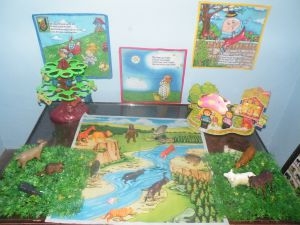 Open ended materials enables children to play freely. They are objects that have no rules to follow, use or function. Raw materials that can be
Open ended materials enables children to play freely. They are objects that have no rules to follow, use or function. Raw materials that can be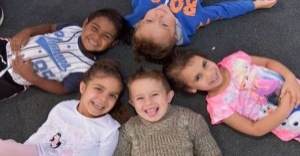 An Acknowledgment of the Country is a way of showing respect for the Traditional Owners and can be given by both non-Indigenous people and Aboriginal
An Acknowledgment of the Country is a way of showing respect for the Traditional Owners and can be given by both non-Indigenous people and Aboriginal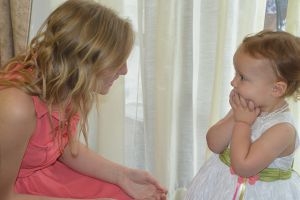 Language plays an important role in a child’s development. It enables a child to communicate effectively with their family, learn at school, socialize with friends,
Language plays an important role in a child’s development. It enables a child to communicate effectively with their family, learn at school, socialize with friends,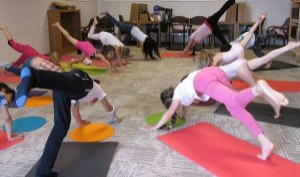 Like adults, children have to deal with their own stress in life. Moving house, starting a new school, preparing for a new sibling - these are
Like adults, children have to deal with their own stress in life. Moving house, starting a new school, preparing for a new sibling - these are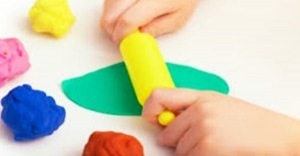 Playdough is such a versatile material. It provides numerous benefits to children as they manipulate it, it is safe and soothing and provides children with
Playdough is such a versatile material. It provides numerous benefits to children as they manipulate it, it is safe and soothing and provides children with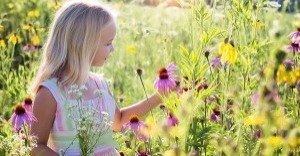 Teaching children about sustainability enables them to appreciate and respect the natural environment. Early childhood services can provide meaningful hand on learning experiences in order
Teaching children about sustainability enables them to appreciate and respect the natural environment. Early childhood services can provide meaningful hand on learning experiences in order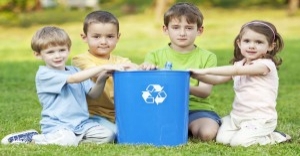 Recycling is an important concept that teaches children to care for the environment. It encourages children to be responsible and show a growing appreciating for
Recycling is an important concept that teaches children to care for the environment. It encourages children to be responsible and show a growing appreciating for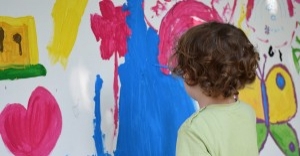 When children apply paint to paper, glue things together, or pound a lump of clay, they experiment with colour, shape design and texture.
When children apply paint to paper, glue things together, or pound a lump of clay, they experiment with colour, shape design and texture.
